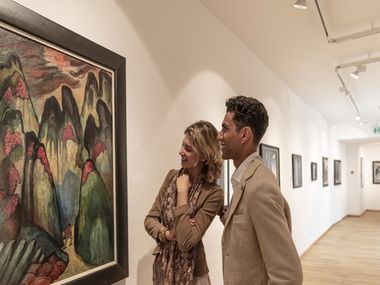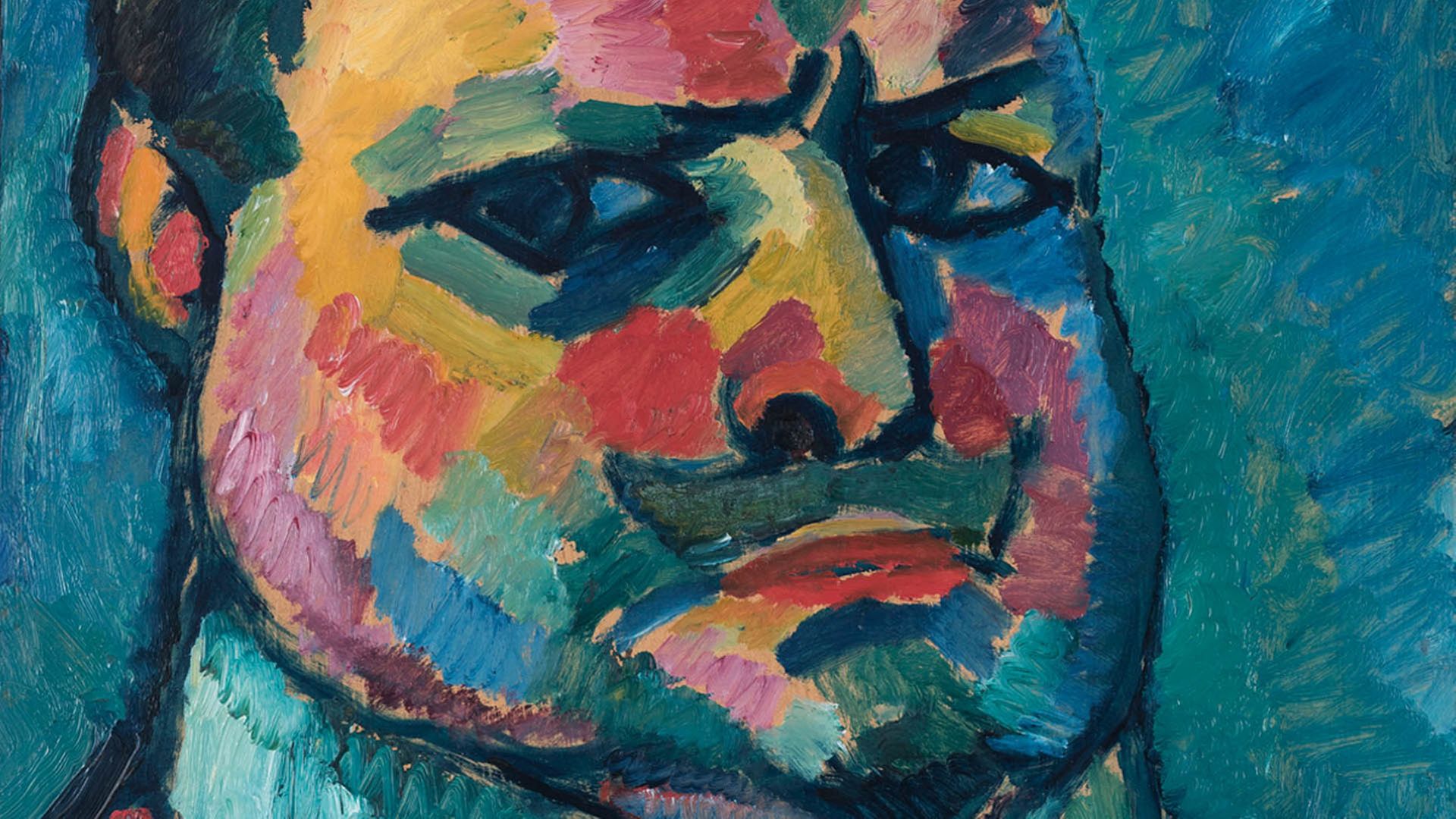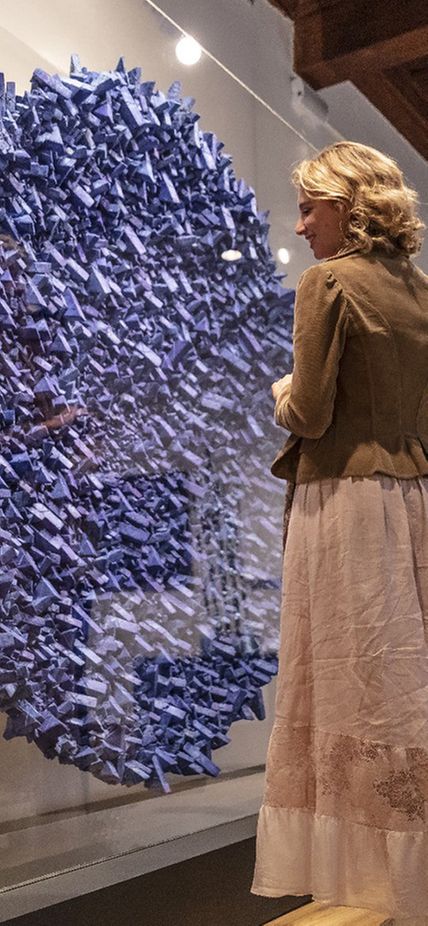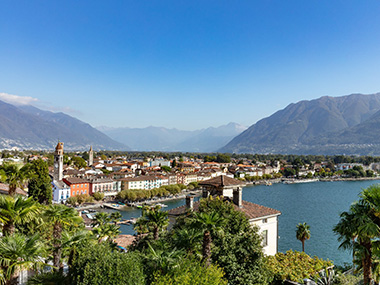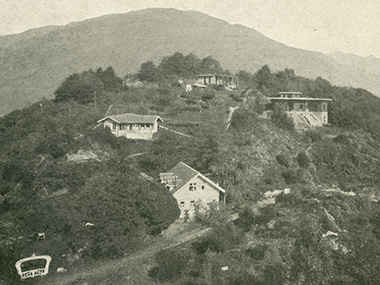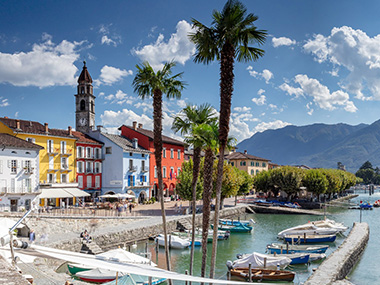In the autumn of 1896, the two artists moved to Munich, settling in Schwabing, the artists’ quarter. It was here that Werefkin decided to give up painting to dedicate herself body and soul to promoting Jawlensky’s talent, convinced that, in a male milieu like art, only a man could bring about change: “What could I achieve by working, albeit in an admirable way? Some art that might not be too bad. I love my art too much to reduce it to so little. But if I dedicate myself entirely to what I believe in instead of painting, the only true work will see the light, the expression of artistic faith, and this will be a great achievement for art”. In January 1902 the situation became complicated: a son Andreas was born from Jawlensky’s relationship with Helene Neznakomova – Werefkin’s maid who had followed them to Munich from Russia – and the balance of the couple’s family was turned upside down. It was to be the start of a long journey that Werefkin explored in her Lettres à un Inconnu.
